International Women's Day 2023
The early 20th century trade union movement in America, is where the idea for International Women's Day first emerged. Women who worked in the clothing industry at the time had to face harsh working conditions, long hours and little pay. Women across New York gathered in 1907 to express their displeasure and demanded increased wages and a ten-hour workday. They marched for gender equality which went down in history as a powerful movement for women.
In 1975, the United Nations proclaimed March 8th to be International Women's Day. The celebration of International Women's Day recognizes the social, economic, cultural, and political achievements of women and serves as a call to action to advance genuine gender balance. On this day, we'd like to remember some of the women who helped change the automotive industry as well as the accomplishments that women have achieved in a largely male-dominated field.
Mary Anderson
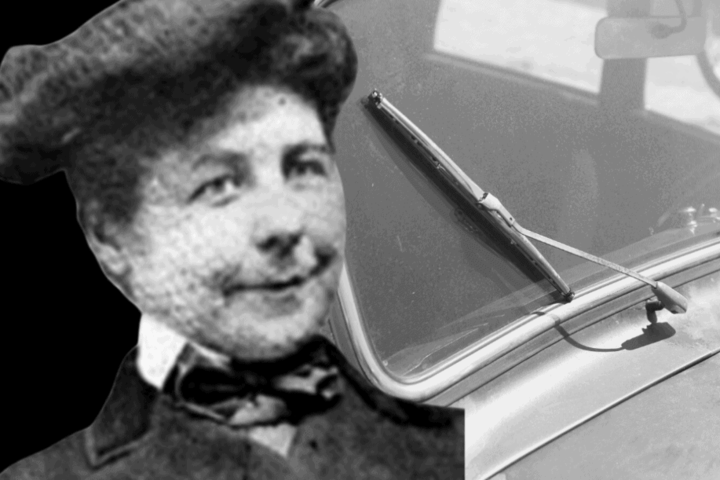
In the winter of 1902, while visiting New York City, Mary Anderson boarded a trolley car on a freezing day and saw that the trolley car driver was unable to see out the windows due to the heavy sleet that was starting to
fall. Anderson, an entrepreneur rather than an engineer, recognized the issue and saw an opportunity. She imagined an interior-operated windshield wiper that the trolley driver could use from inside of the car.
When she arrived back to Alabama, she commissioned a functioning prototype to be made by a local business and hired a designer for a hand-operated device to maintain a clear windshield. She filed and was given a 17-year patent for a windshield wiper in 1903. The United States Patent Office granted Anderson patent number 743,801 for her window cleaning tool on November 10, 1903.
Florence Lawrence
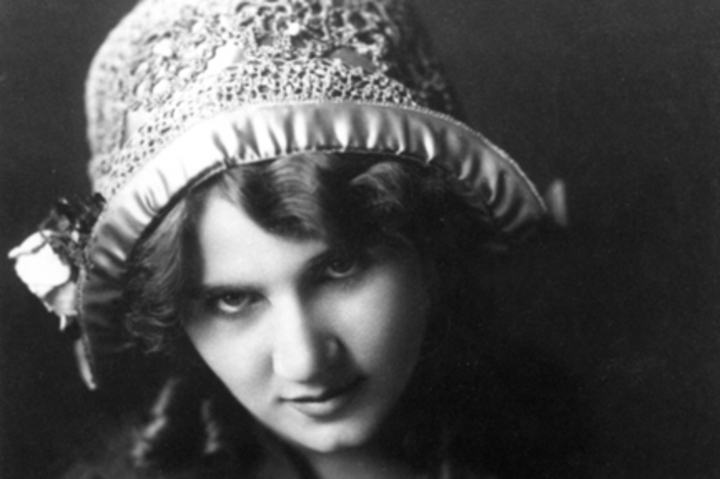
Florence contributed her ideas to the automotive industry by creating the indicator and brake signals, which have since become the pillars of modern automotive safety. At the touch of a button, the turn signals would emerge from the car's bumper. The brake signal was a visual "STOP" indicator that appeared when the brake pedal was applied. Although Lawrence didn't patent these concepts, they had a lasting impact on road safety.
Mimi Vandermolen
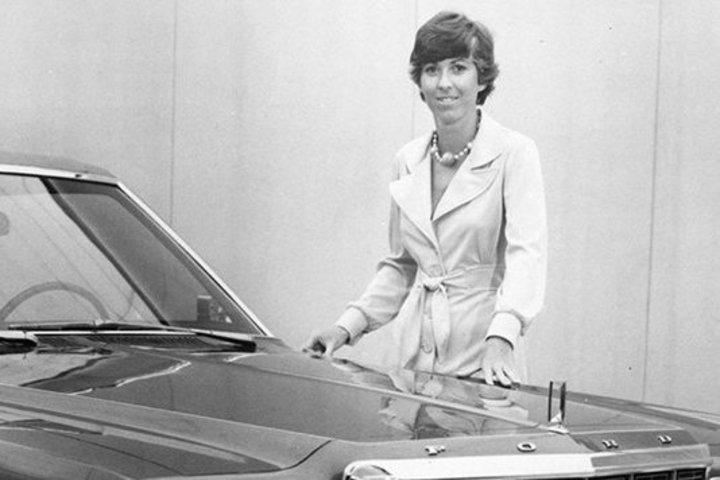
The ground-breaking Ford Taurus' interior was designed by Mimi Vandermolen and had ground-breaking features like ergonomic seats, rotary dials for climate control, a digital instrument panel, and a huge array of dashboard controls within the driver's reach. Her innovations essentially set a new standard in interior design for the daily driver, thus it's possible that the interior of your own car was influenced by Mimi.
Janet Guthrie
As the first woman to qualify for and participate in both the 1977 Indy 500 and the Daytona 500, Janet Guthrie is a retired professional racing driver. In a ground-breaking interview for the Los Angeles Times with Tracy Dodds in 1987, Guthrie criticized the lack of corporate sponsorship for female drivers. Guthrie herself admitted that at first she was reluctant to talk about sexism in motorsports, but her attitude changed after she participated in the downtown procession and qualified for her first Indianapolis 500 in 1977.
In 2011, Janet Guthrie, who is still actively involved in advocating for women's rights, signed a petition in support of Saudi Arabian women's ability to drive. The Saudi King Abdullah was urged by the petition to endorse a Saudi women's grand prix.
Helen Clifford
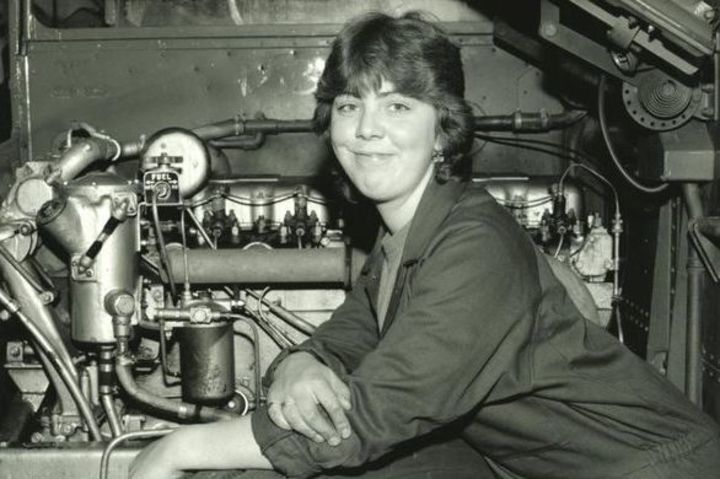
Helen Clifford was London’s first female bus mechanic. After completing her training at West Ham garage, Clifford became the first female bus mechanic employed by London Transport in August 1984 at the age of 18. The First and Second World Wars provided women with only a brief window of opportunity to fill traditionally male roles in stations, garages, depots, and engineering roles.
Bertha Benz
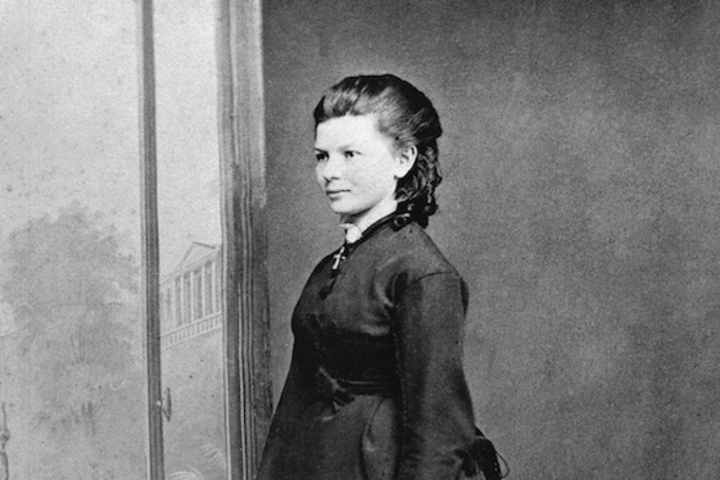
Bertha Benz is the original road-tripper. Early one August morning in 1888 she set off in her husband’s car, without permission, spare fuel, or a map, to make the 106km (66-mile) journey from Mannheim to Pforzheim in Germany. Following her long 12-hour journey, Benz reached her destination and sent her husband a telegram to inform him that she had successfully completed the first long-distance trip in his car.
The significance of International Women's Day is derived from communal ownership and collective action for gender equality. The day presents a great chance to draw attention to initiatives and support for women all across the world. Businesses reiterate and emphasize their commitment to creating an inclusive environment on International Women's Day. Next time you get into your car, hail a bus or even use your windscreen wipers. Think of all the women that came before us that made this possible.